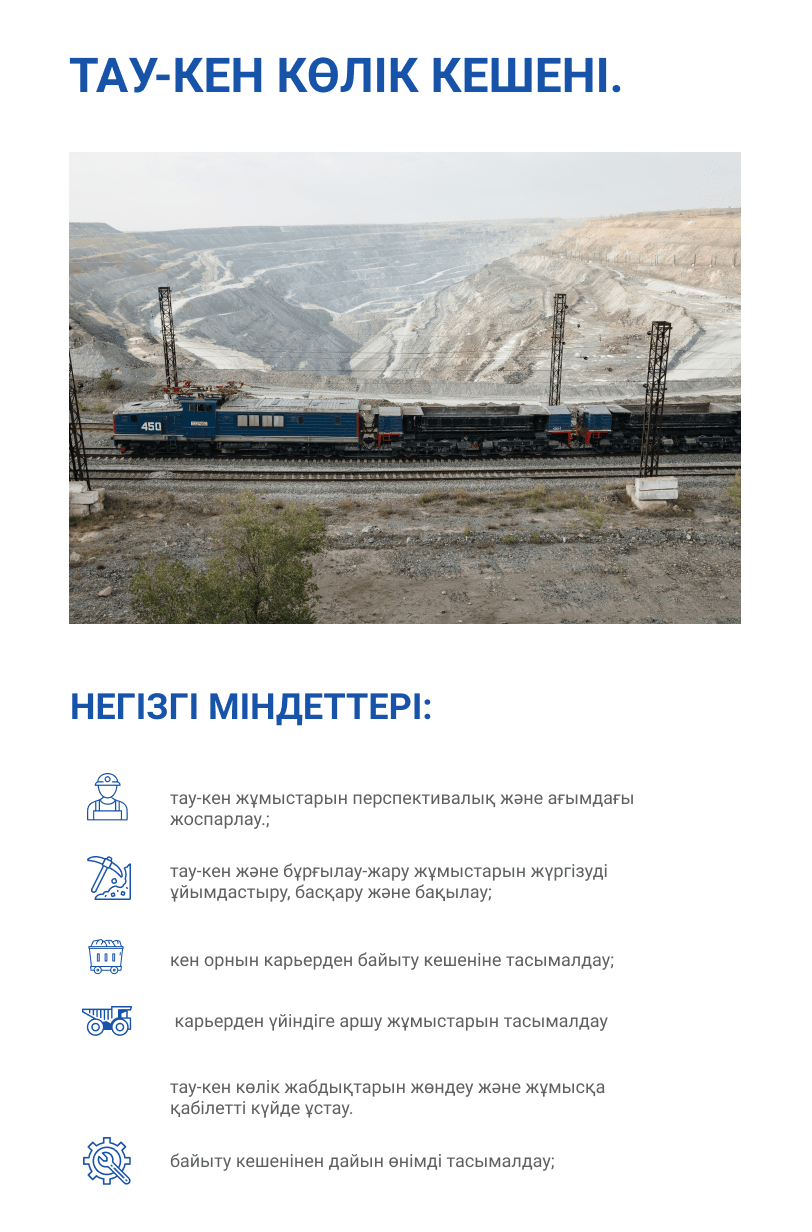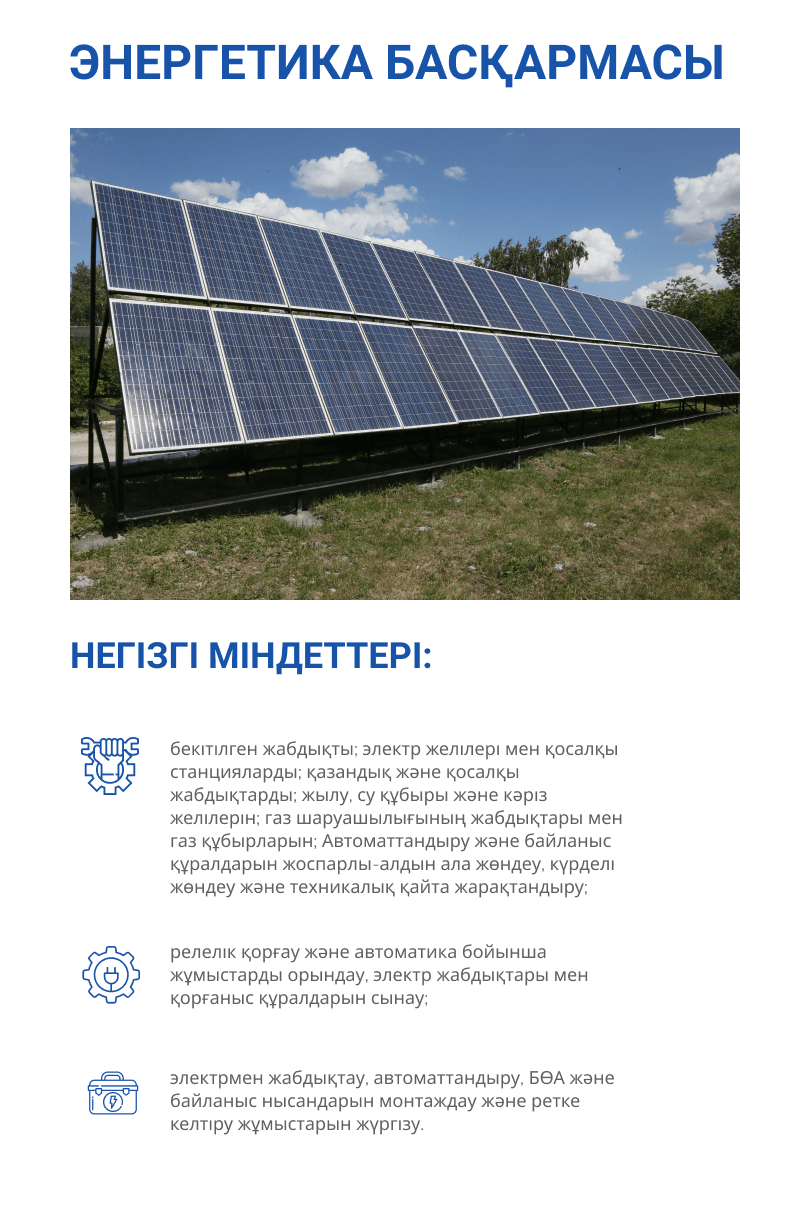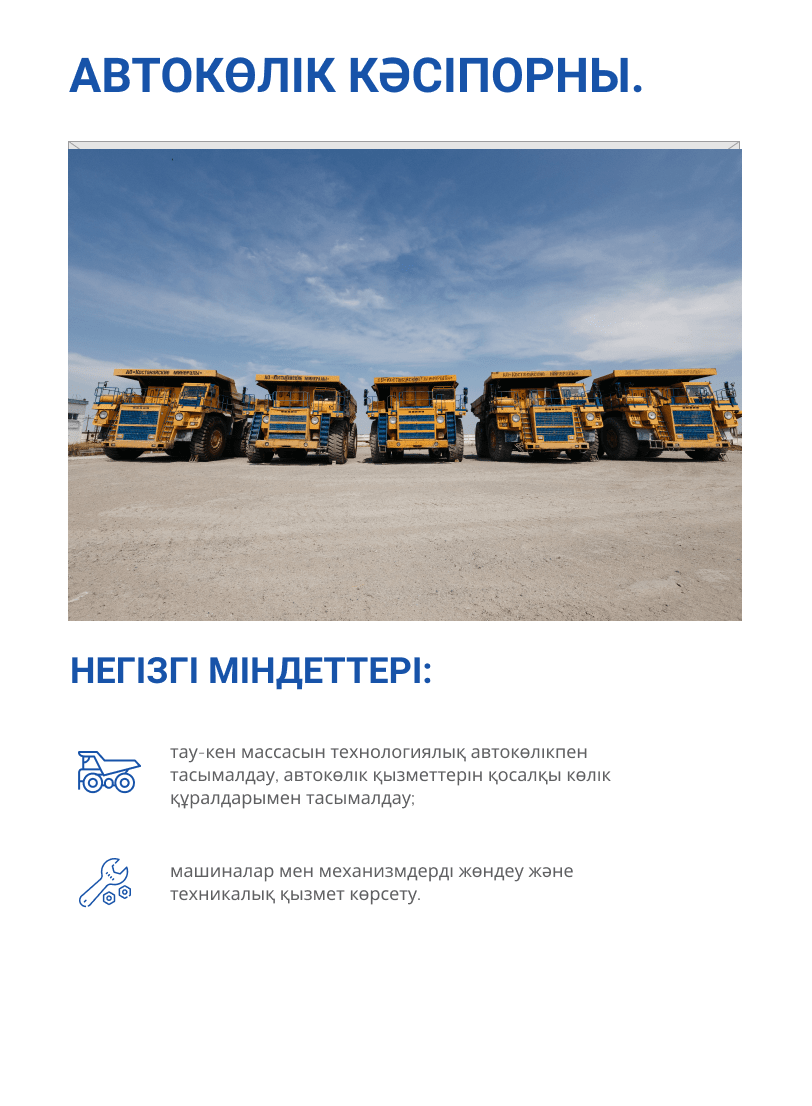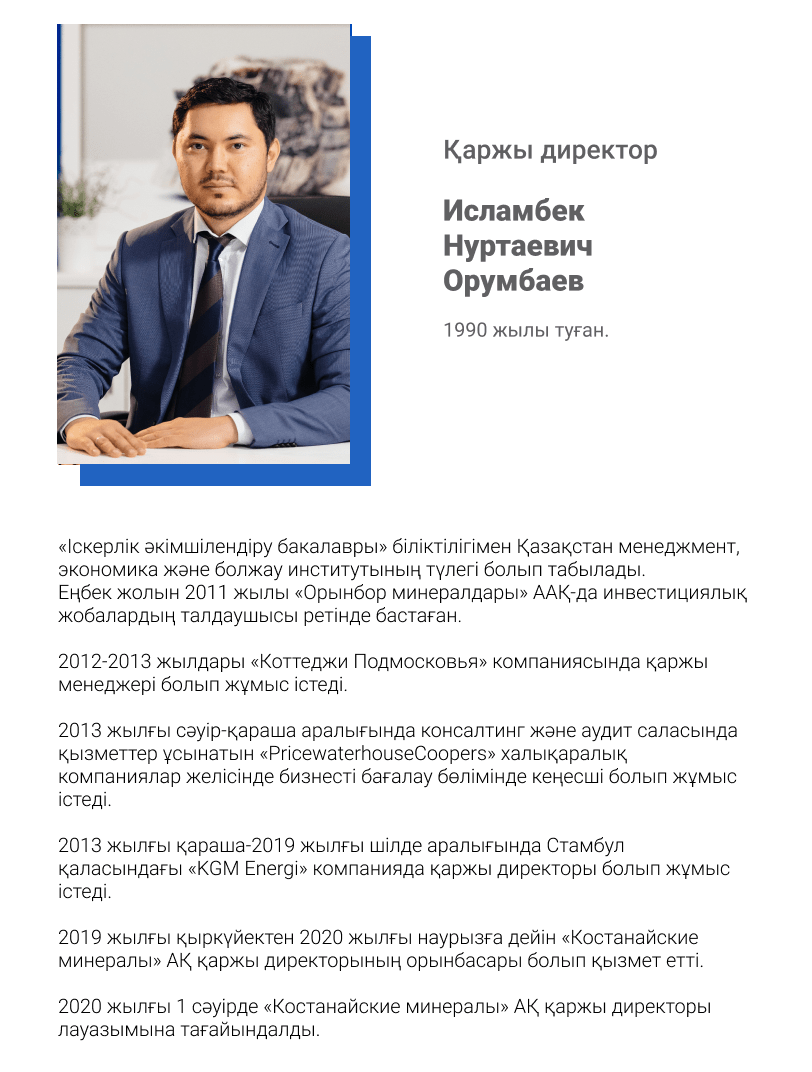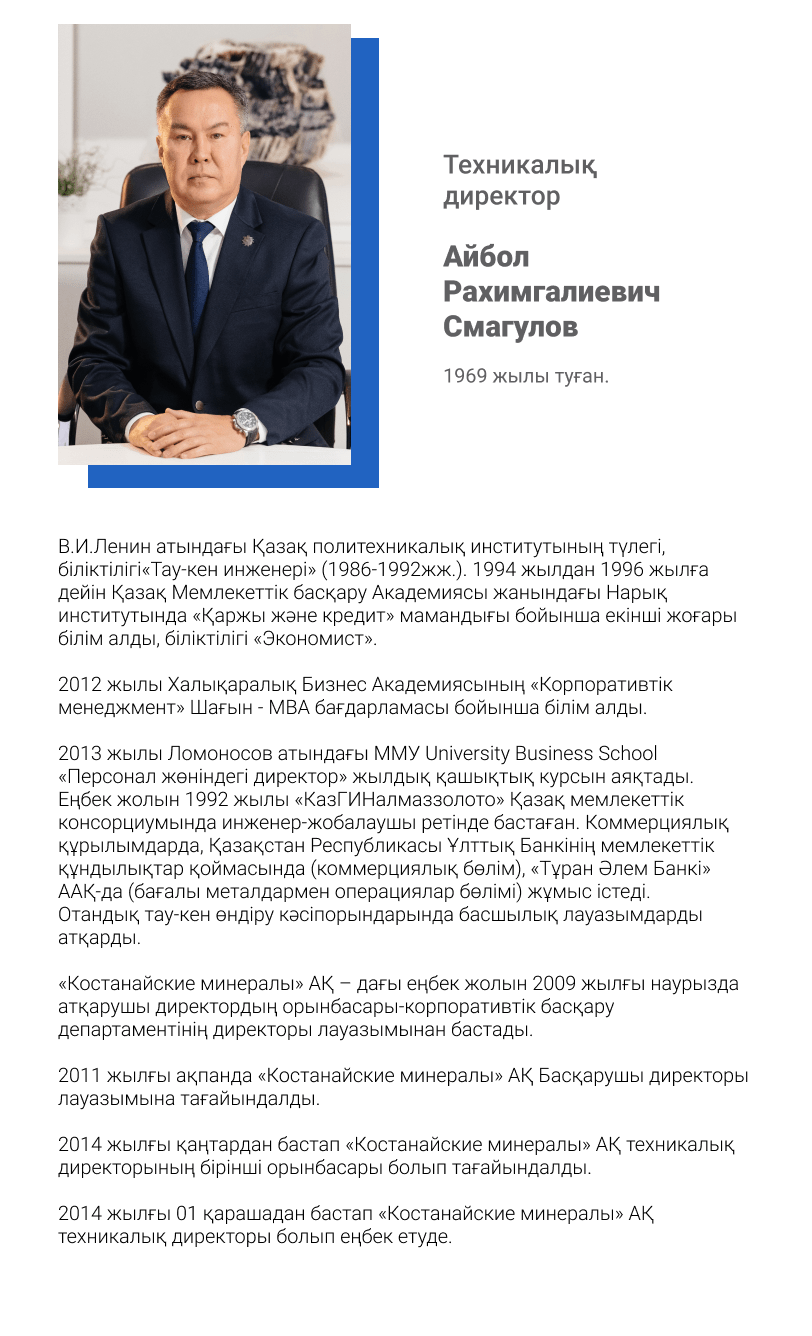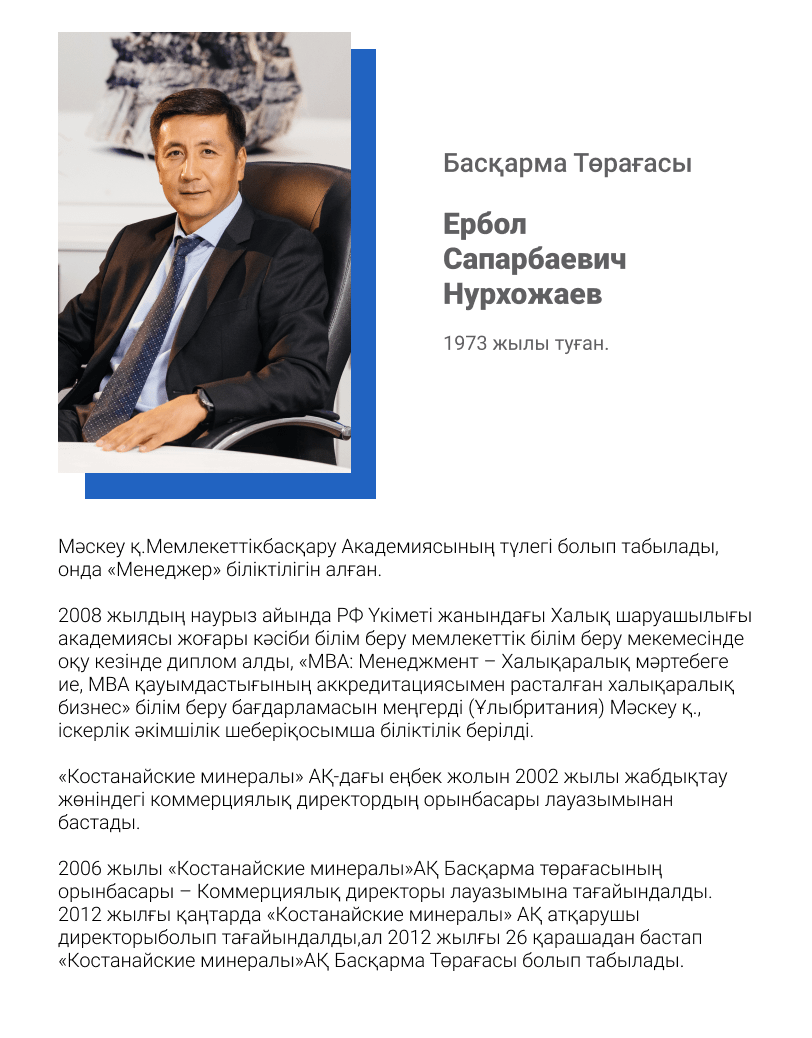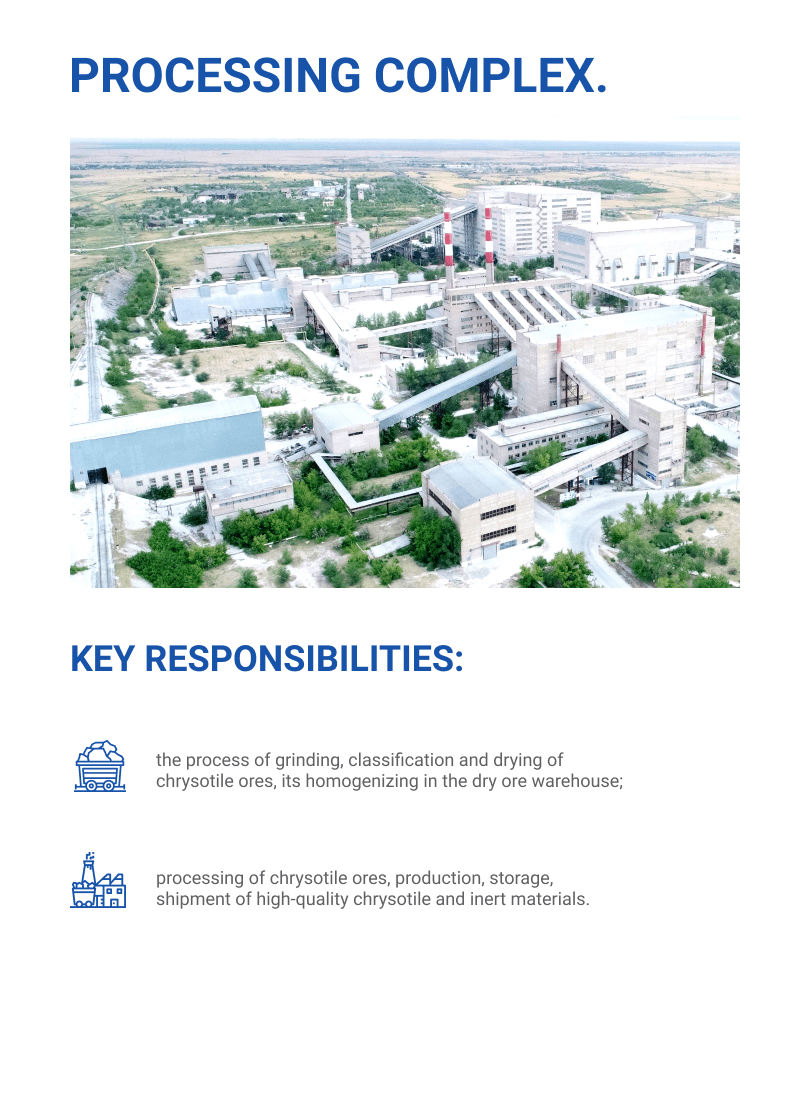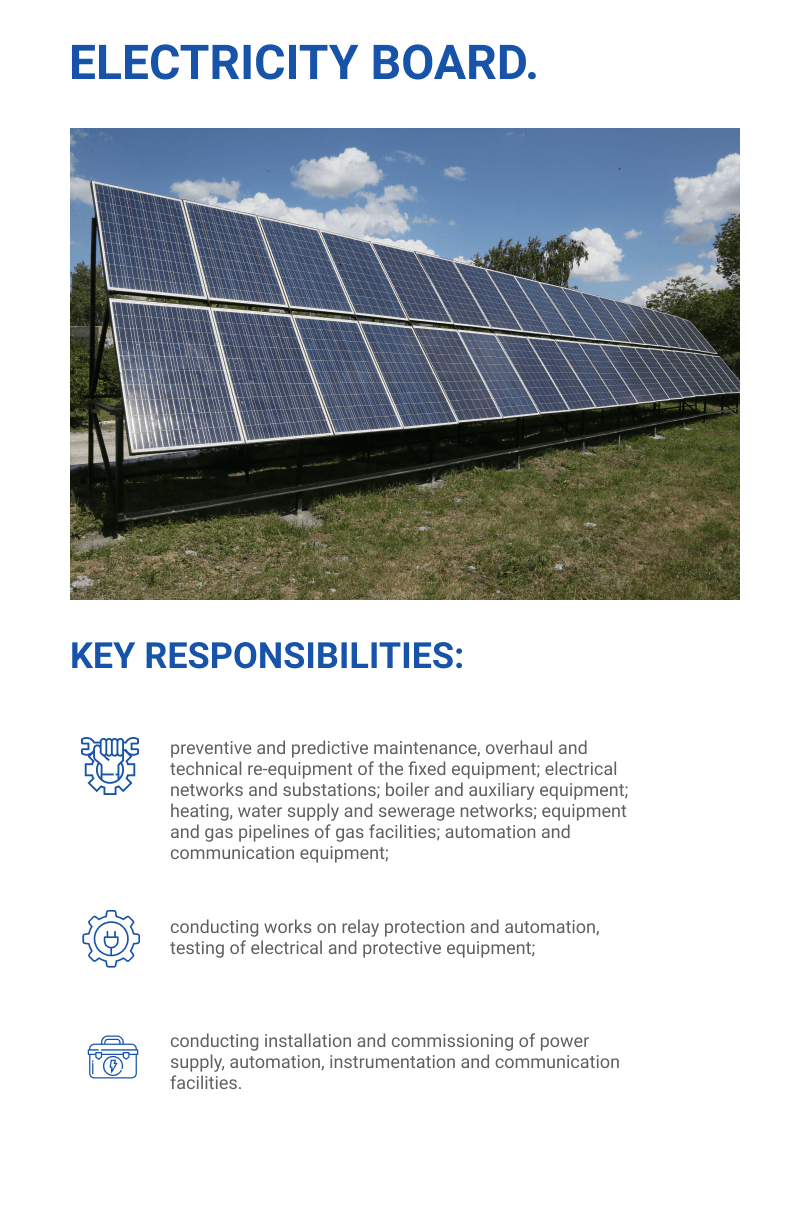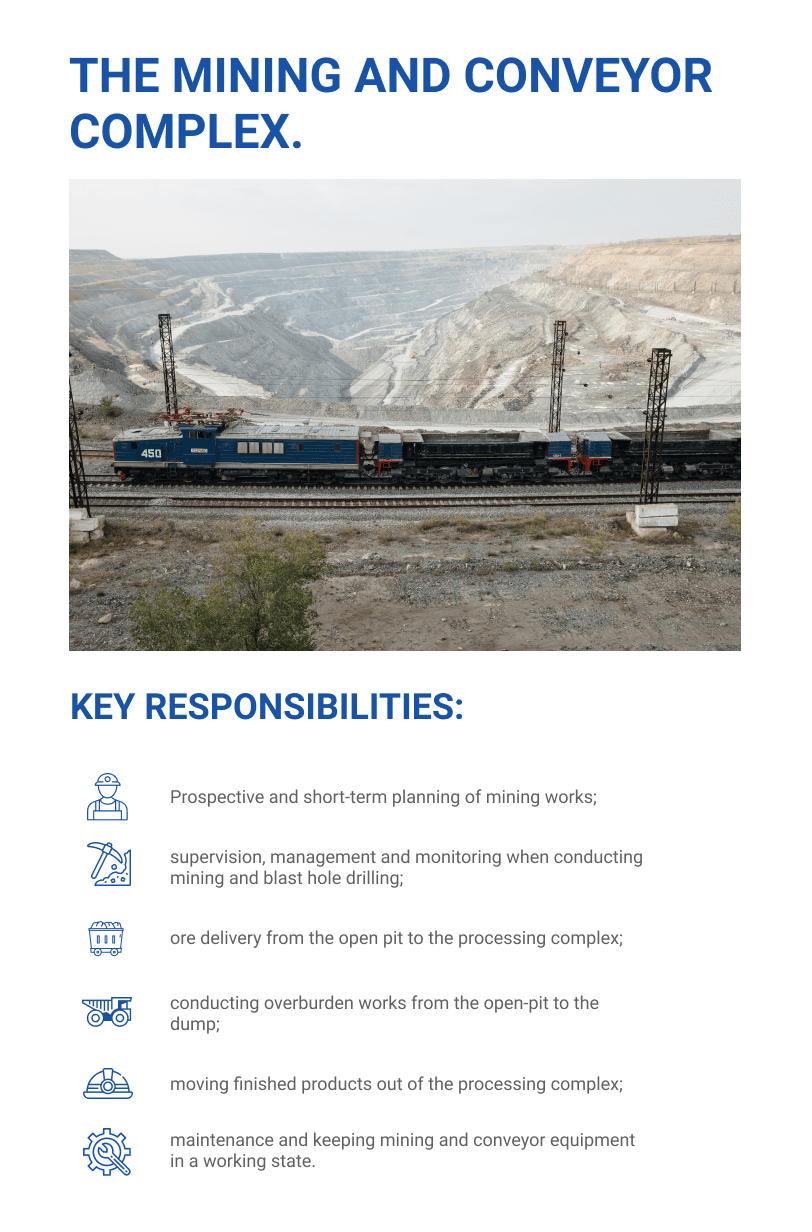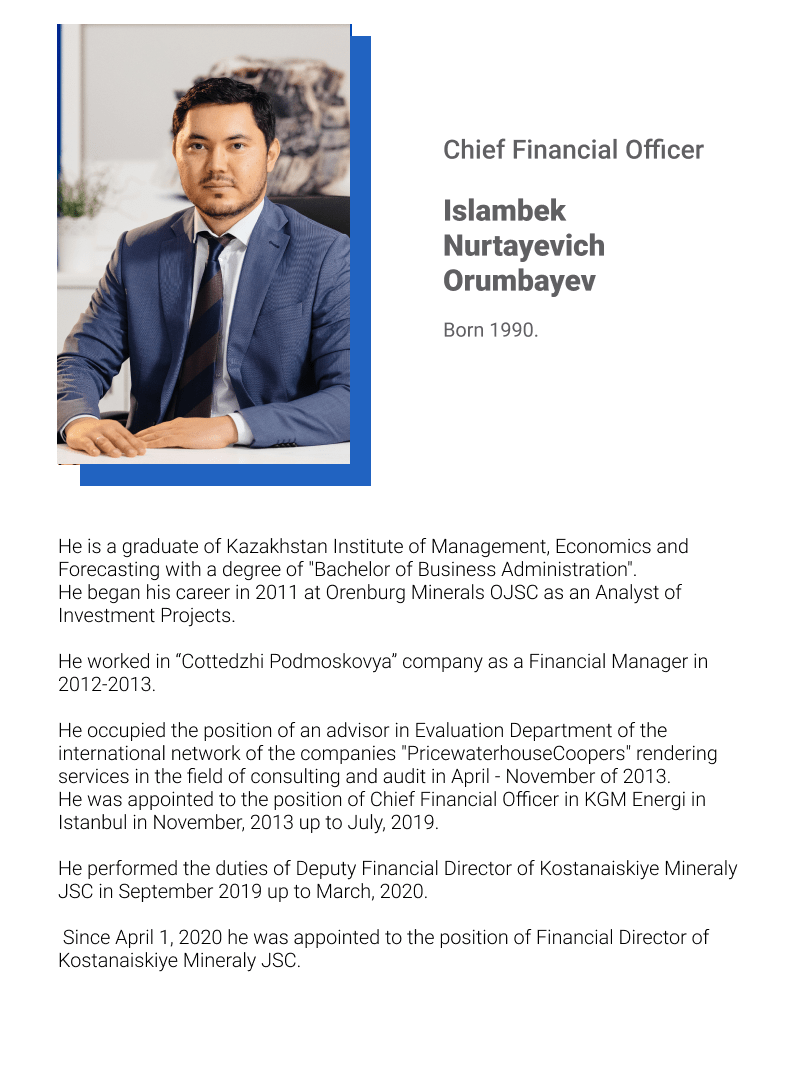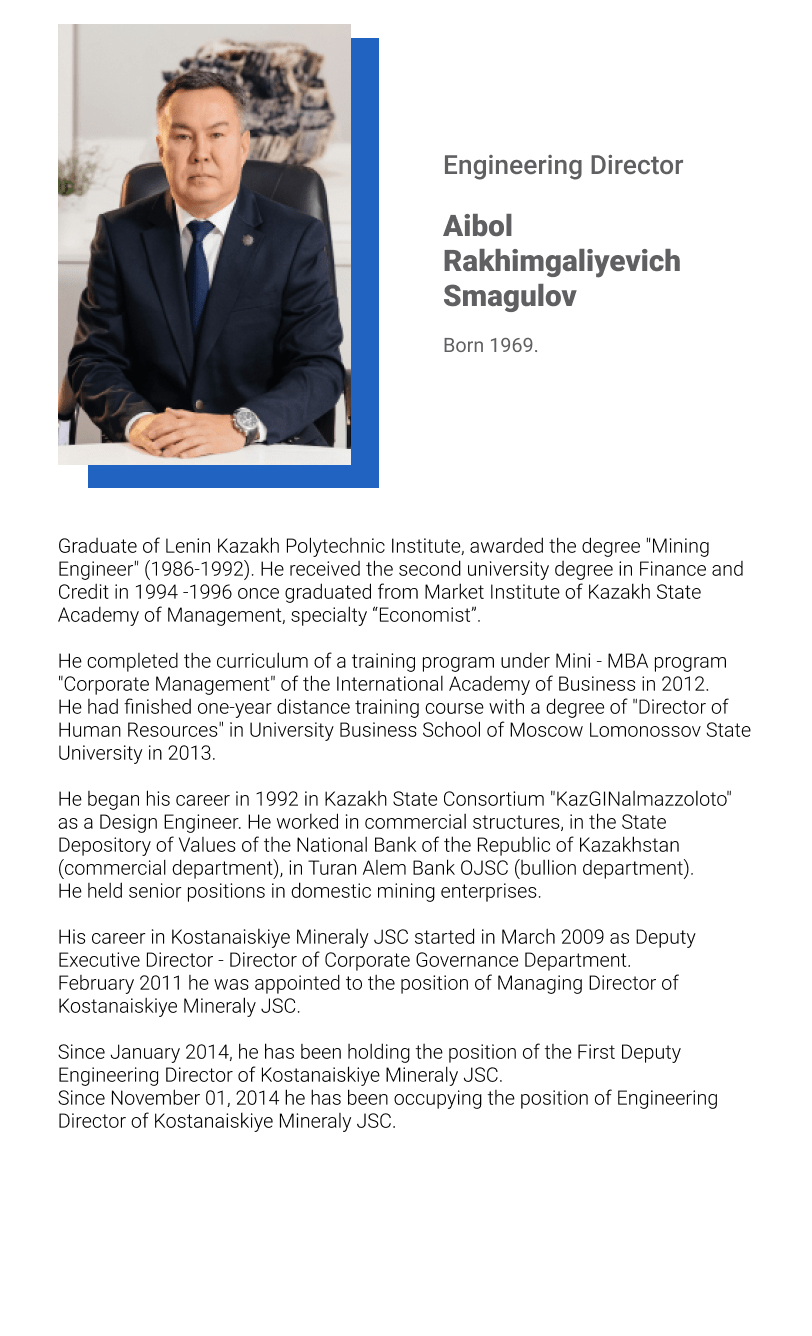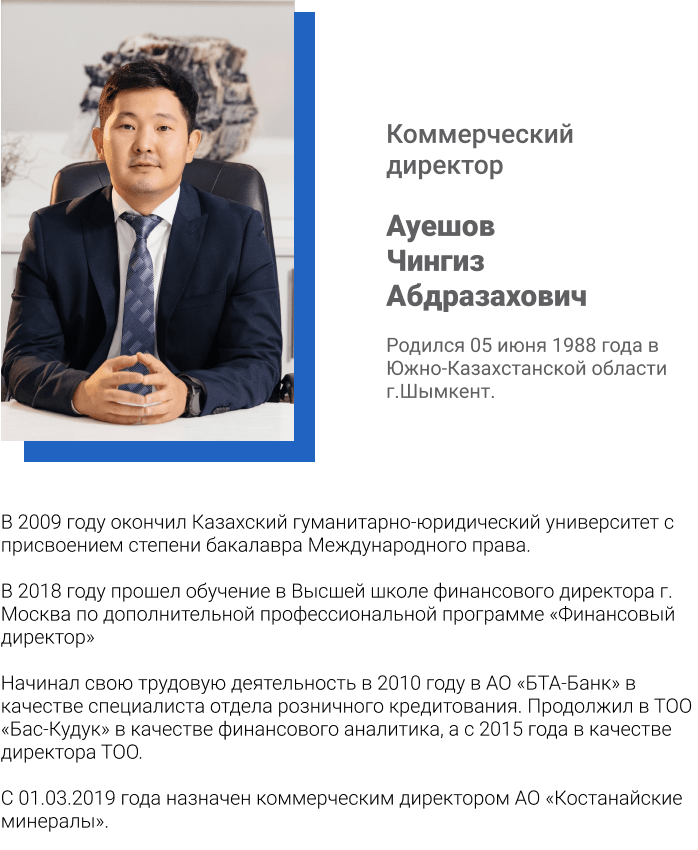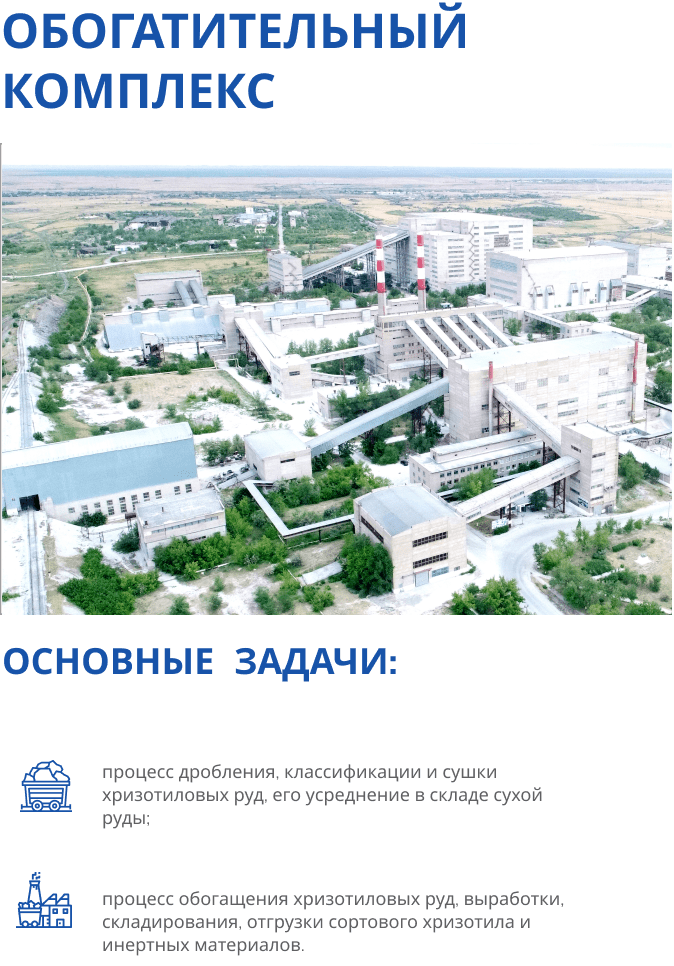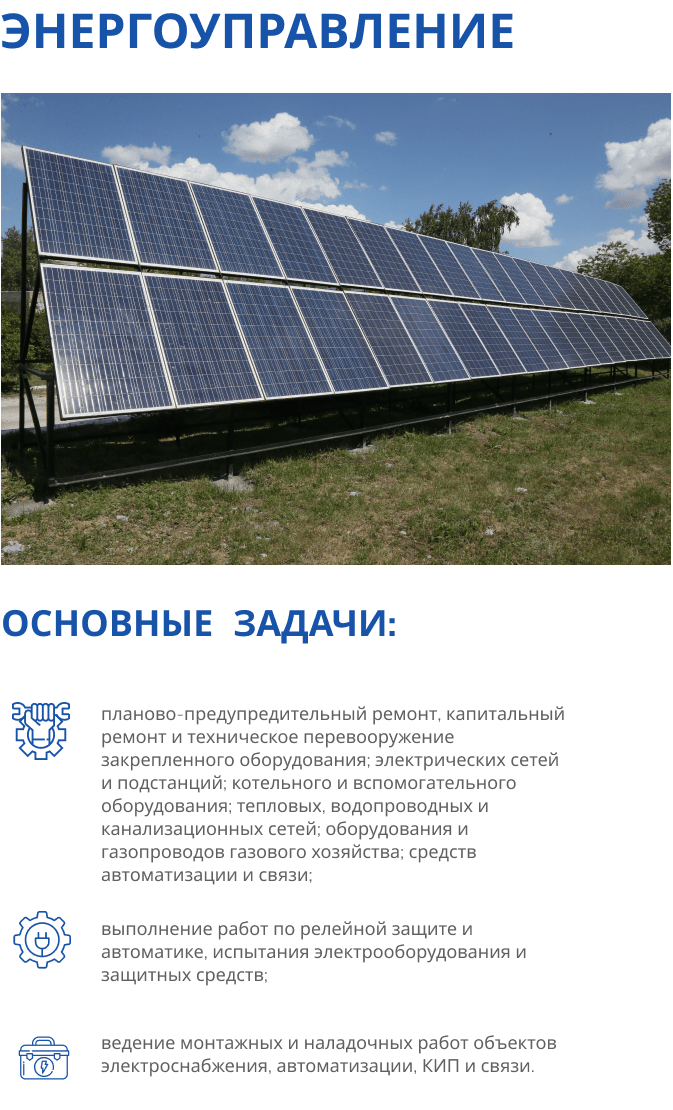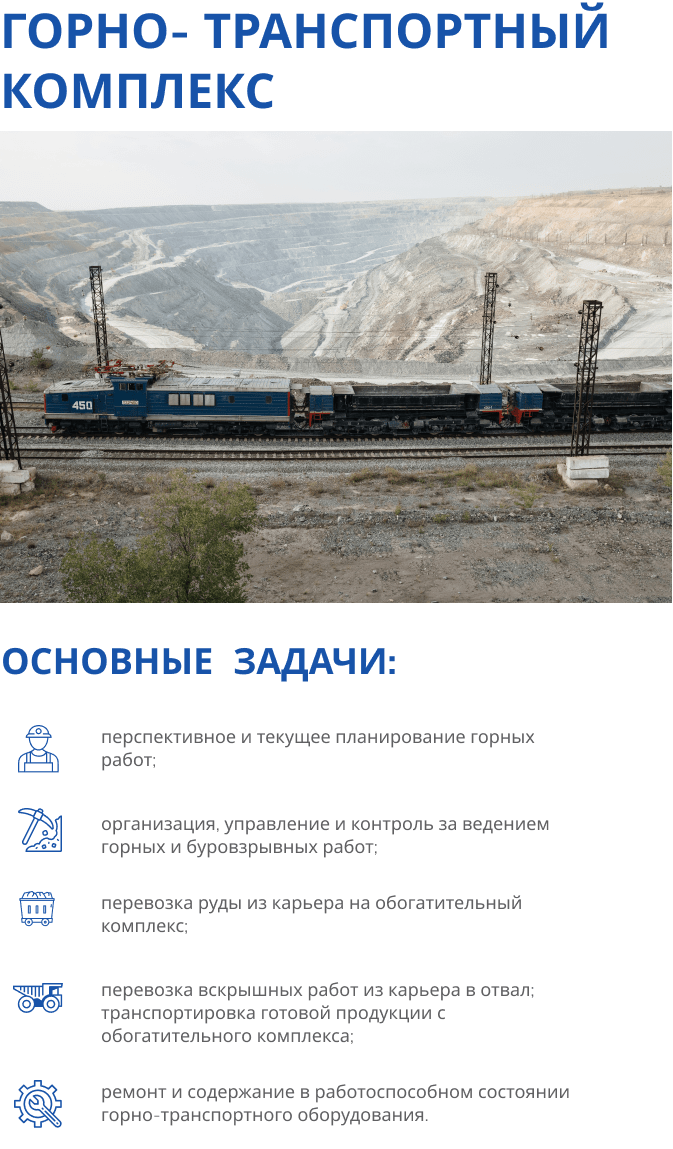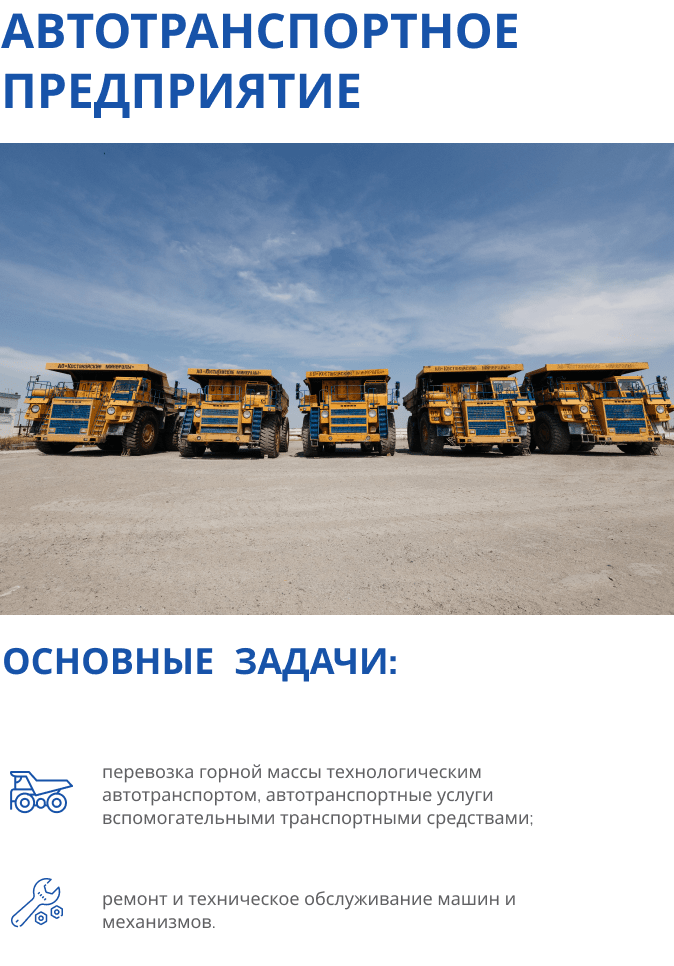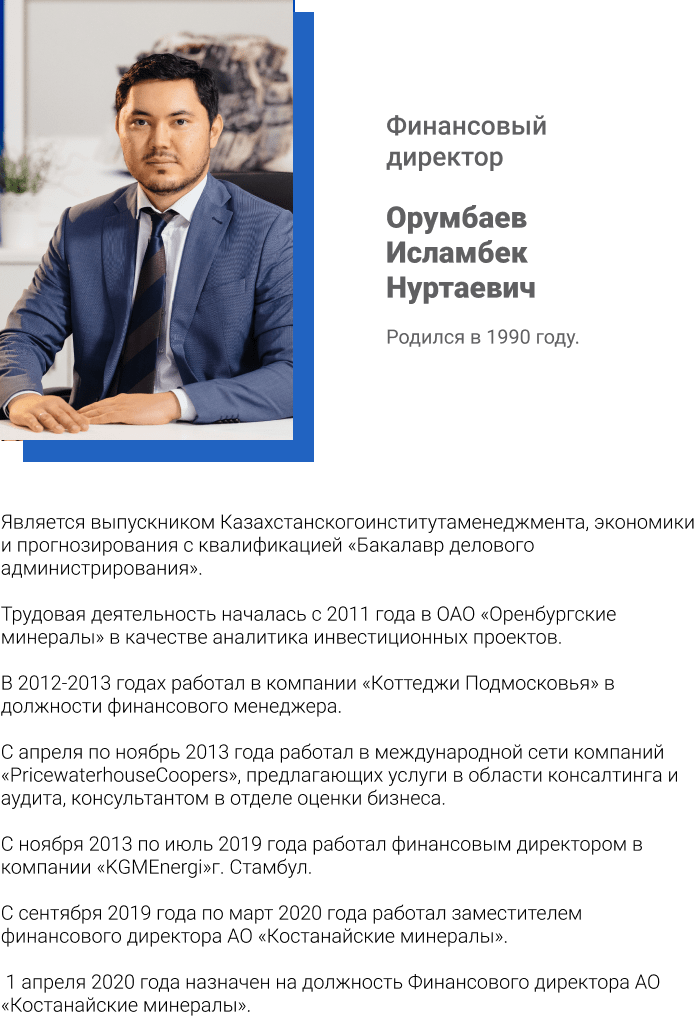It is important to emphasize from the beginning that there are many types of asbestos fibers. Those that pose the greatest risk to human health belong to the amphibole family, which includes amosite (brown asbestos), anthophyllite, crocidolite (blue asbestos), tremolite, and actinilite. These forms of asbestos have shorter fibers and stiff needles, while chrysotile fibers are silky. Amphibole asbestos is the greatest danger to human health. Having acid resistance, amphibole asbestos is practically not removed from the lungs and, as a result, has a harmful effect on the body. Currently, the extraction and use of amphibole asbestos is banned worldwide.
It is this type of asbestos that was widely used in the West, along with technologies for spraying asbestos on metal structures of buildings for insulation purposes, so it is no coincidence that the anti-asbestos movement originated in these countries. In the CIS countries, on the contrary, this type of asbestos and technology were not used.
Chrysotile-asbestos, on the contrary, quickly decomposes under the influence of even weak acids of tissue fluids and thus is quickly excreted from the body. According to the latest research conducted by three leading toxicological laboratories in Switzerland, Germany and the United States, chrysotile is the safest fiber among similar minerals and artificial substitutes (cellulose, aramid fiber and ceramic fiber), since it is eliminated from the body faster than all fibers. For example, the half-life of chrysotile fibers is 15 days, amphibole-466 days, cellulose-1000 days.
Chrysotile does not carry any tangible risk to human health at exposure levels below 1 fiber / cm, cub, as defined by the ILO. The data are taken from numerous epidemiological studies, some of which cover a period of more than 20 years. This is the safest type of asbestos, despite the confusion that some stakeholders are trying to create by treating all varieties of asbestos as a single concept.
Thus, at present, the only type of asbestos used on the world market is chrysotile. This mineral is well studied, such influential organizations as the WHO and the ILO have made their conclusions on it. Taking into account the lessons of the past, manufacturers apply a policy of controlled responsible use of chrysotile, aimed at reducing the risk of negative health effects on people, especially workers employed in production.

